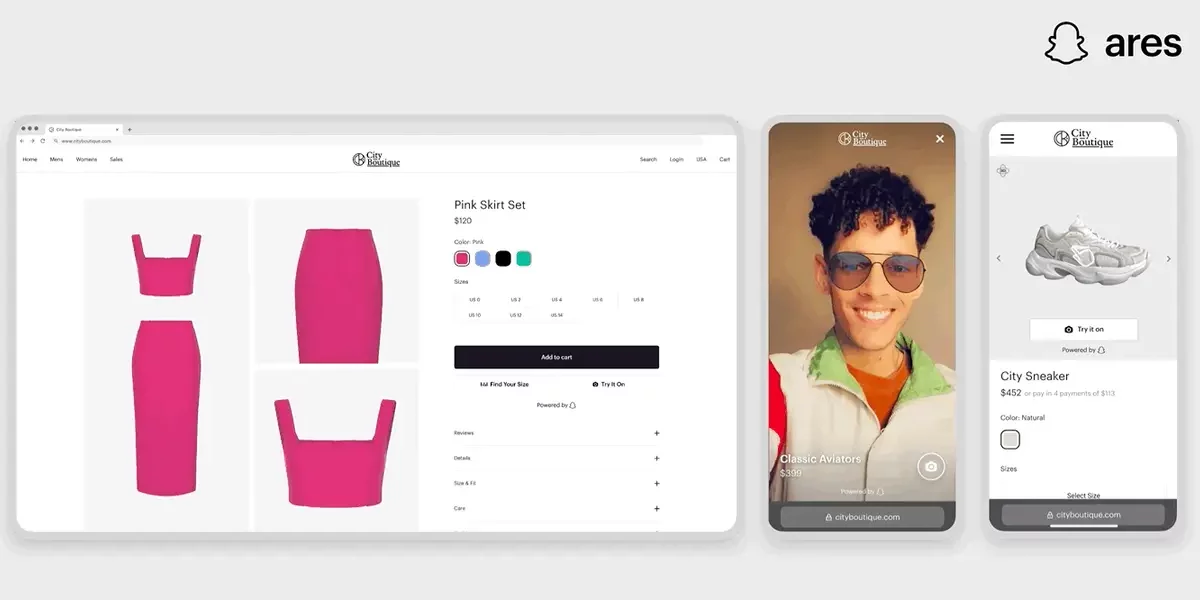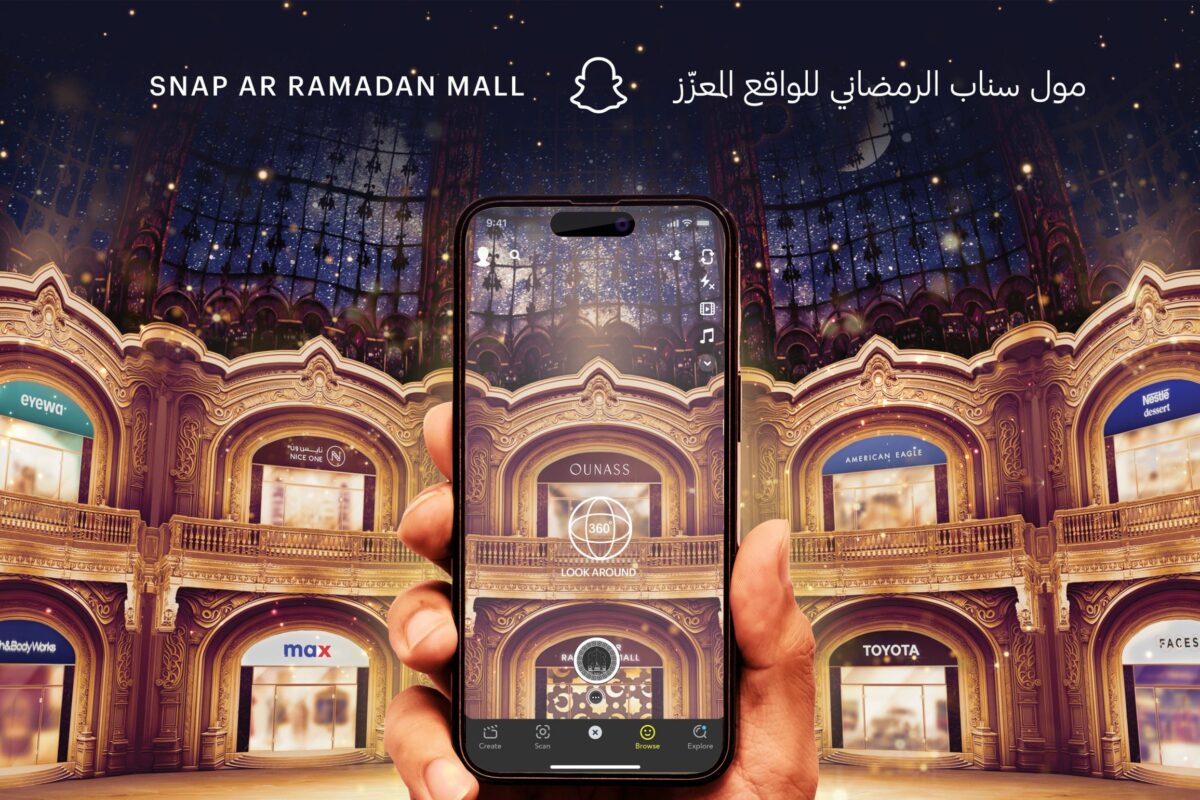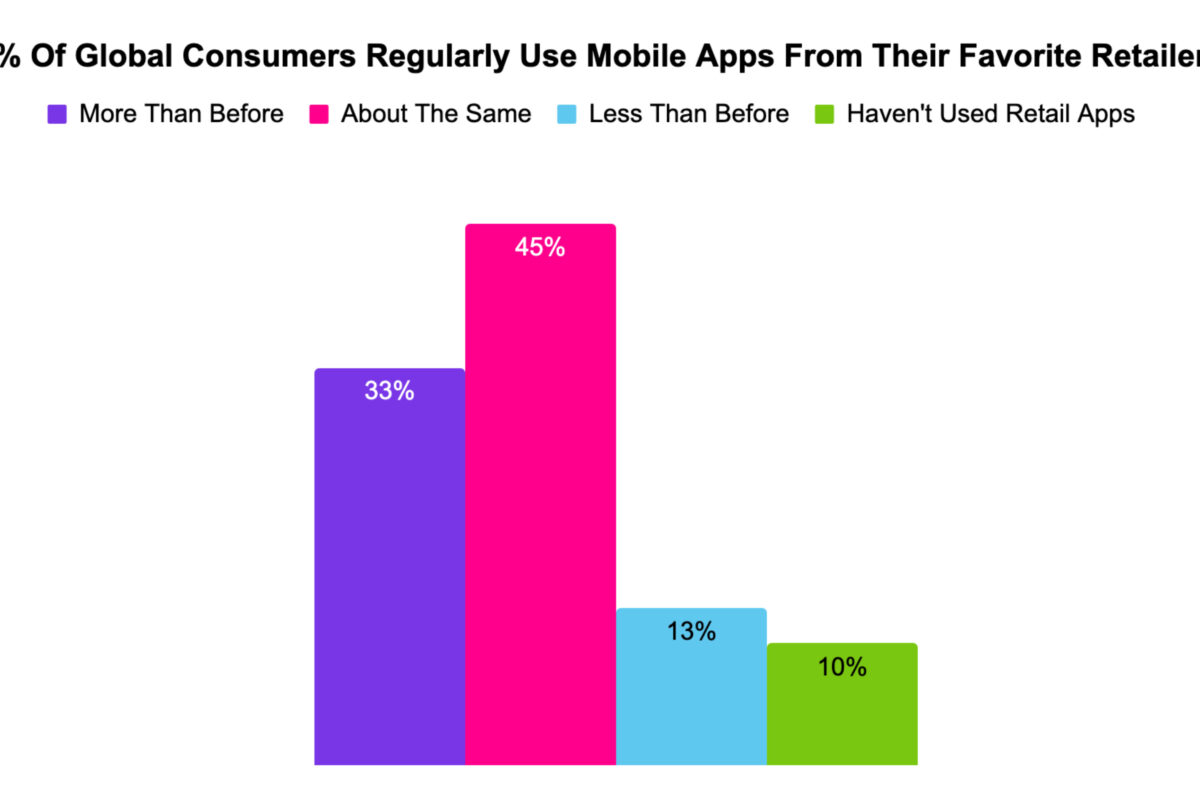Social media and messenger platforms expand their social commerce capabilities
by Julia Pott (exclusively for EuroShop.mag)
Thanks to COVID, customers prefer to stay at home, while many stores are forced to temporarily close – prompting shoppers to turn to e-commerce channels. And although consumers are accustomed to online stores and marketplaces, they often lack a personal touch. What’s left for retailers to fall back on? Why, social media shopping, of course!
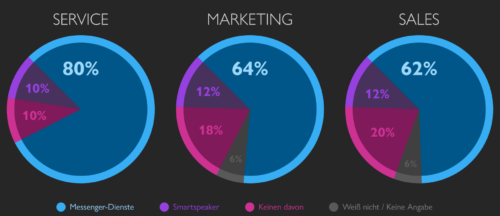
Germans were asked: “Which channel do you prefer for marketing, services and sales? – Messenger services, smart speaker, none or I dont know?” // © MessengerPeople
They have transformed from specialists to jack-of-all-trades: social media platforms. (We also include messaging tools in this article.) Their original purpose was to share pool photos and to keep in touch with holiday acquaintances, especially if you live far away from each other. But by now, they also serve as a news source, advertising platform, video editing tool, for business communication or marketing presentations, just to name a few functions.
Today they also act as a sales channel. “Social selling”, “social commerce”, or “conversational commerce” – the intersection of social media, messenger apps and shopping has many names and has been a trend for quite some time. However, the coronavirus crisis has given this concept an enormous boost, both on the provider and on the user side.
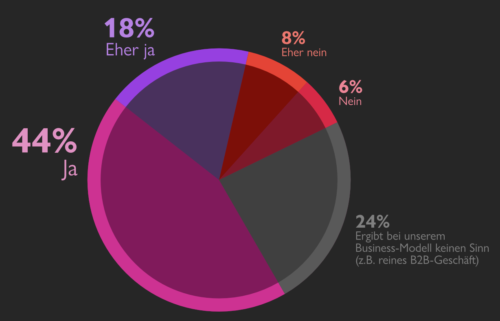
German businesses were asked: “Would you offer Messenger payment in the future once the payment process is legally secure and widely available? – Yes, probably, probably not, no, or no use for our business modell?” // © MessengerPeople
Many smaller retailers, which used to stick to the traditional channels, have gotten on board and have been using social media to communicate and directly engage with their customers for the past year. They now accept online orders this way or provide service using photos or video chat.
Messenger apps are more popular than ever with customers, according to MessengerPeople and its “MessengerPeople Study 2021” study – not just as a tool to communicate but also to shop. The study also revealed that conversational commerce holds more promise via messenger than voice assistants, for example. According to the MessengerPeople press release, 62 percent of the surveyed companies want to offer messenger payment in the future once the payment process is legally secure and widely available. And YouGov recently published German survey results that showed that especially younger social media users are likely to embrace social shopping.
Given this context, the biggest social media sites and messenger services have renewed their attention on how to use social media for e-commerce.
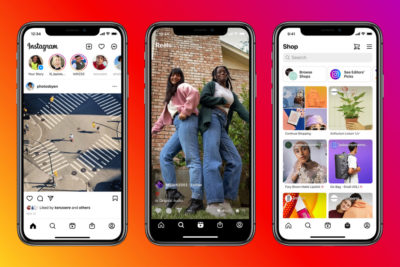
Conversational commerce on Facebook, WhatsApp, Pinterest, etc.
The Facebook technology conglomerate has intensified its efforts on its Facebook, Instagram, and WhatsApp channels to offer shopping solutions. Last year it made some impressive headway, just in time for the coronavirus crisis. In the Facebook and Instagram shops, businesses can choose the products they want to feature from their catalog for advertising. The company launched Facebook Pay in the US in the summer of 2020, enabling consumers to shop without leaving the respective social media app.
On December 8, 2020, WhatsApp went live worldwide to include the shopping cart function. Companies can use the WhatsApp Business app to create and maintain a catalog and sell their products. This short video shows how this works:
Payments are still made via payment links from external payment providers. We have compiled everything you need to know about the WhatsApp Business app at EuroShop.mag.
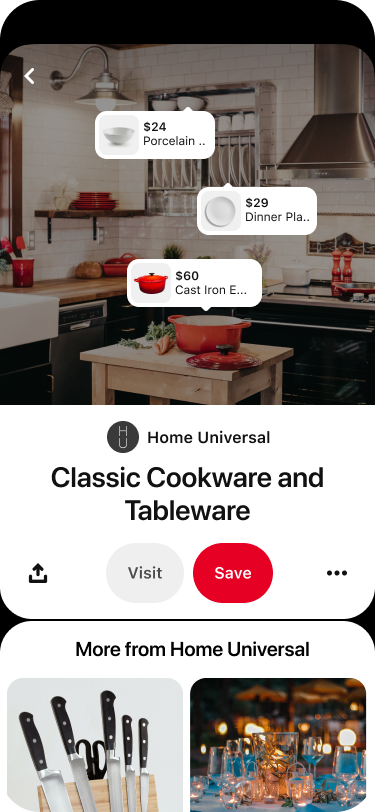
Pinterest likewise has been experimenting with the shopping feature. The image-based social media platform is perfectly suited for product presentations and has cornered the market as a source of inspiration for products, fashion, designs and ideas. The so-called Shoppable Pins allow customers to purchase the products directly from the retailer. Businesses can set up Catalogs, run and track advertising campaigns. Pinterest announced in January 2021 that it will expand its capabilities and add more features in the months to come.
In November 2020, Bloomberg announced that Google also plans to make its YouTube video platform a major shopping destination. Users will be able to shop directly from videos. The video platform TikTok is also exploring e-commerce options. The platform is called Douyin in China and there, merchants can add mini programs to sell their goods directly via the app.
In December, Berlin-based startup Charles also made headlines. The company was able to win over investors for its conversational commerce concept. Its software as a service solution (SaaS) helps brands sell their products via WhatsApp and personalized chat and notifications without a login. The plan is to extend this feature to other channels. According to the startup’s founders, Charles is a first-of-its-kind solution.
Seamless shopping via social media apps
Social media apps offer key benefits for e-commerce since these platforms are channels that are already used by (potential) customers, with most of the population already having existing accounts. This eliminates the need to tediously try to get consumers to log in to a retailer’s proprietary mobile app, online marketplaces, or online stores.
These channels facilitate targeted advertising for products, while personalized marketing options are continuously enhanced and expanded. Social media influencers naturally feel “at home” on these platforms, making them ideal venues for sales purposes.
Chat, video chat or automated chatbots are valuable features for retailers and great tools to communicate and personalize customer conversations. They are also intuitive and easy to navigate for users. Besides, these channels are already mobile-optimized. Ever-improving smartphone cameras and optimized visual search functions create a seamless shopping experience from inspiration to checkout.











